 |
| French cheese expert Francis Robin shares cheese-making techniques and experiences at the Workshop. (Source: CNIEL) |
Talking about cheese is talking about the core ingredient that makes up the European culinary heritage. In particular, in France, "fromage" - the Vietnamese pronunciation of "cheese" comes from the magical interaction of rich soil, a unique combination of climate, land and artisanal skills, all of which have created the unique identity of each type of cheese.
From the creamy, melty texture of a perfectly ripe Brie, to the complex, nutty texture of an aged Comté, and the deep blue veins of a robust Bleu d'Auvergne, it's no wonder French cheeses are famous around the world , inspiring chefs everywhere and delighting taste buds.
The variety of these artisanal gems can be seen from the most delicate dishes to the simplest street food.
Answering the question that many people are interested in: "How to make a delicious cheese?" , at the European Cheese Conference from France held in Hanoi recently, French cheese expert Francis Robin said that, just like making cakes, each type of cheese has its own recipe - a delicate combination of ingredients, techniques and craftsmanship.
According to this expert, in theory, making cheese is not too complicated. Like making cakes, the recipe is available, but the quality depends on the ingredients, time and temperature. “Sometimes, if you follow the recipe correctly, the result is still not as expected. Making cheese is easy, but to have delicious cheese is the difficult thing,” said Mr. Francis Robin.
Sharing at the event, Ms. Emilie Martin, Executive Director of the Asia-Pacific region of the French Dairy and Cheese Association (CNIEL) informed that to honor the richness of Vietnamese cuisine and the diversity of French cheese, the Association introduced the campaign “Cheese Eat-Up!” to share interesting combinations of cheese with local ingredients.
The campaign inspires both professionals and consumers to discover the versatility and unique character of French cheese, from everyday cooking to creative combinations with high-end street food.
A series of activities were also deployed by the Association in Vietnam, including B2B connection events, sampling at points of sale, in-depth workshops for young chefs...
Ms. Emilie Martin emphasized that the Association's activities to promote cheese in particular and French cuisine in general, including the workshop in Vietnam, are not aimed at introducing any particular brand, but to spread knowledge, experience and French cheese culture to international friends.
“Some cheese flavors may not be to your liking at first, but we want to give you the opportunity to explore and get acquainted with the diversity and sophistication of French cheese,” she said.
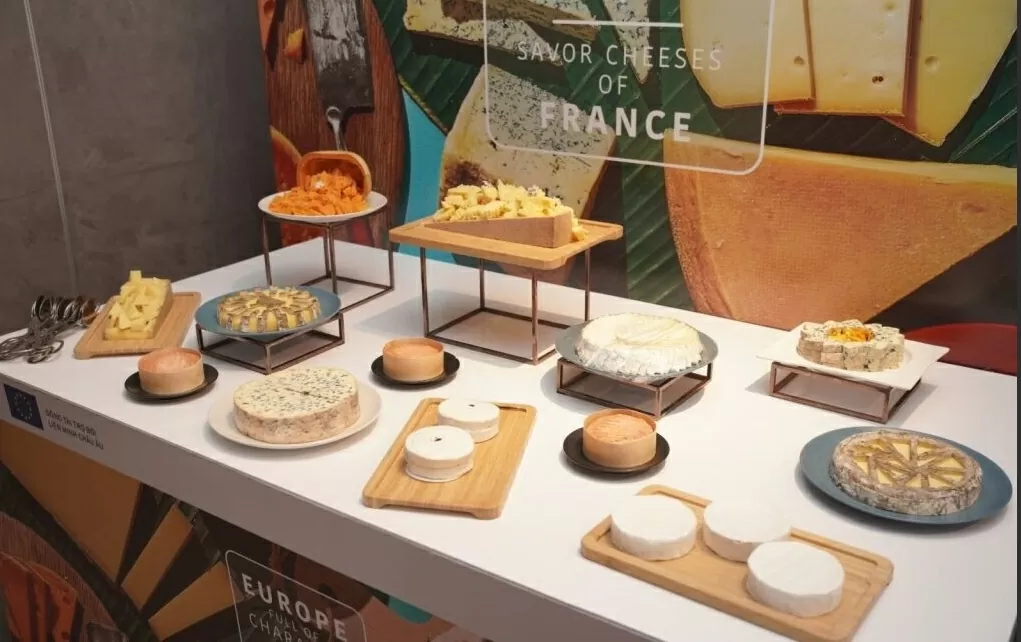 |
| The “Cheese Eat-Up!” campaign inspires both professionals and consumers to discover the versatility and unique characteristics of French cheese. (Source: CNIEL) |
Giving advice to import-export businesses interested in and wanting to bring French cheese to the Vietnamese market, Ms. Emilie Martin noted that all exported cheeses comply with European Union (EU) regulations on food safety, ensuring quality and reliability.
“When exporting cheese from animal milk to Vietnam, one of the important documents is the food hygiene and safety certificate. Importers need to pay attention to the criteria on this paper to evaluate the quality of the product, including the traceability of the milk, which farm the milk comes from, and the process of transporting and producing the cheese. Clear traceability information from farm to factory is a sign of a reliable product, and importers should ask the supplier to provide details on this part,” she said.
Source: https://baoquocte.vn/kham-pha-tinh-hoa-am-thuc-phap-qua-nghe-thuat-lam-pho-mai-325360.html











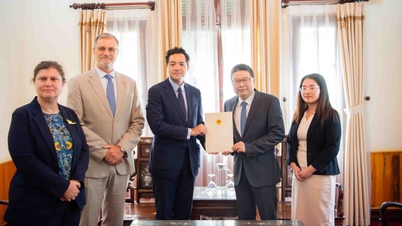

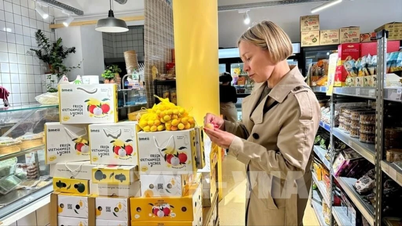






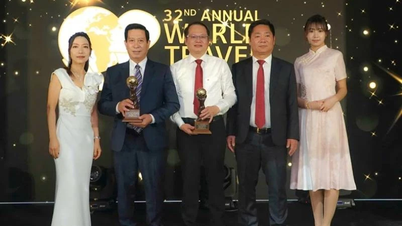








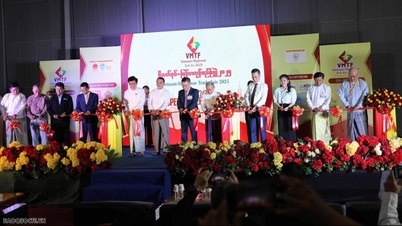








































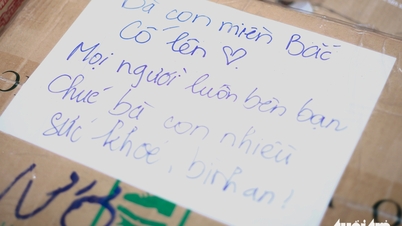

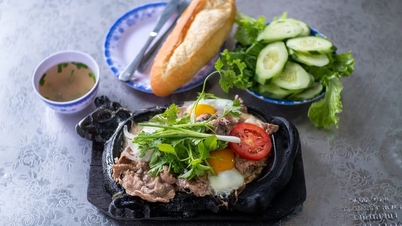



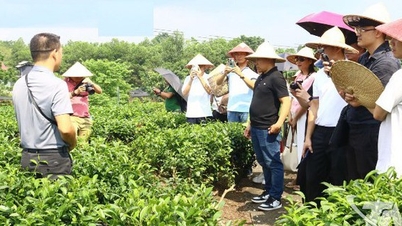





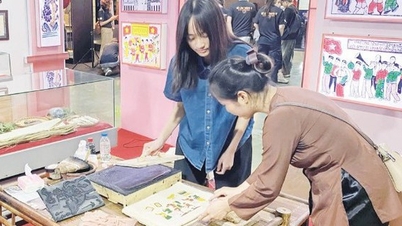























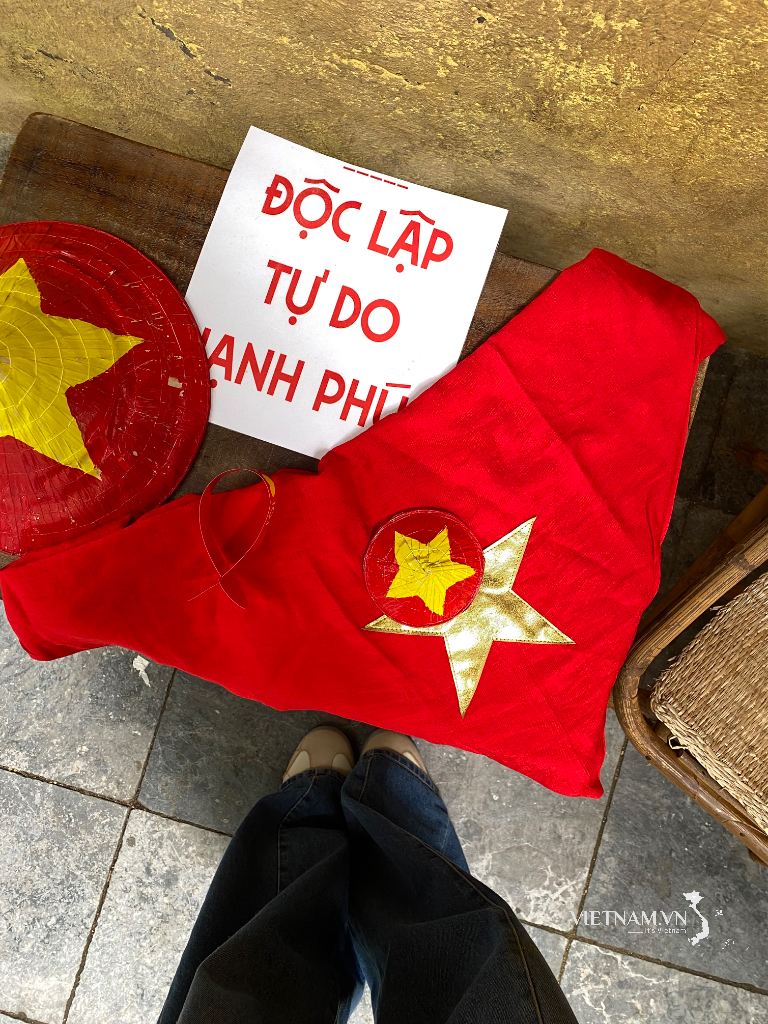

Comment (0)